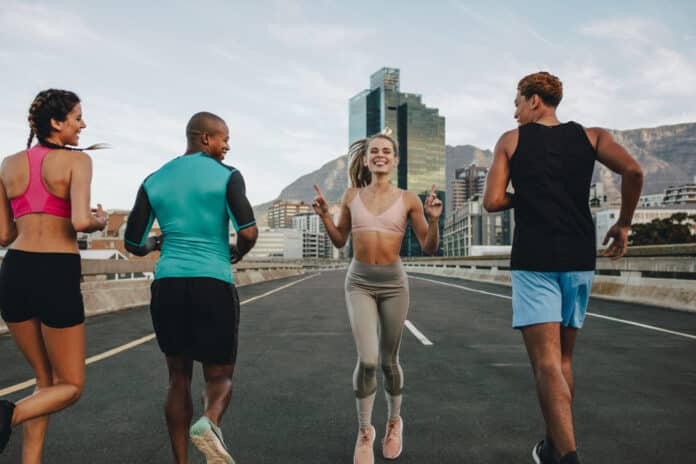
Tiktokers have claimed that running backward doubles the calories you burn compared to running forward. The hashtag #runningbackwards has already gotten over 1.2M views on TikTok, with similar hashtags (#backwardrunning, #reverserunning, and #runbackwards) also achieving high numbers.
Is there any truth to this claim? Read this article to find out.
What Is Backward Running/Reverse Running?
According to Frankie Ruiz, chief running officer and co-founder of the Life Time Miami Marathon, backward running is different from regular running because it relies on a completely different combination of things to do correctly. This includes the form, technique, and muscles you use.
The longtime cross-country running coach notes that the act should be given another term instead of running.
While the objective is still the same as forward running, running backward involves coordinated body movement to progress through space while one or both feet are off the ground.
Ruiz adds that the idea has been around for years as a warm-up and agility practice in many sports. He mentions that many endurance athletes use reverse running for rehabilitation, e.g., after a knee or hip injury. This is because the stress gets handled better, and it’s an effective way to get back into aerobic conditioning.
What Are Experts Saying About the Assumed Benefits of Backward Running?
Ruiz explains that backward running offers a slightly different set of benefits than regular running, especially for athletes who have practiced forward running for a long time. While the aerobic benefits stay the same, you end up working with a different set of muscles.
Unlike forward running, which uses the muscles at the front of the leg (quads and anterior tibialis), reverse running relies on the posterior chain muscles, such as the calf muscles and glutes. This means you’ll feel the strain on your calves in a few minutes.
Regarding claims that running backward can burn more calories than forward running, Elizabeth Gardner, MD, orthopedic surgery head team physician at Yale University, admits it’s not so cut and dry. She notes that many factors affect how your body burns calories, e.g., age and heart rate. However, she adds that running backward induces more muscle activity than forward, so you’re likely to burn more calories.
Conclusion
Many TikTok trends fizzle out, but running backward is a potential game changer for your health and fitness. As long as you start slow and take protective measures, there’s no reason why you can’t successfully add it to your routine.



















